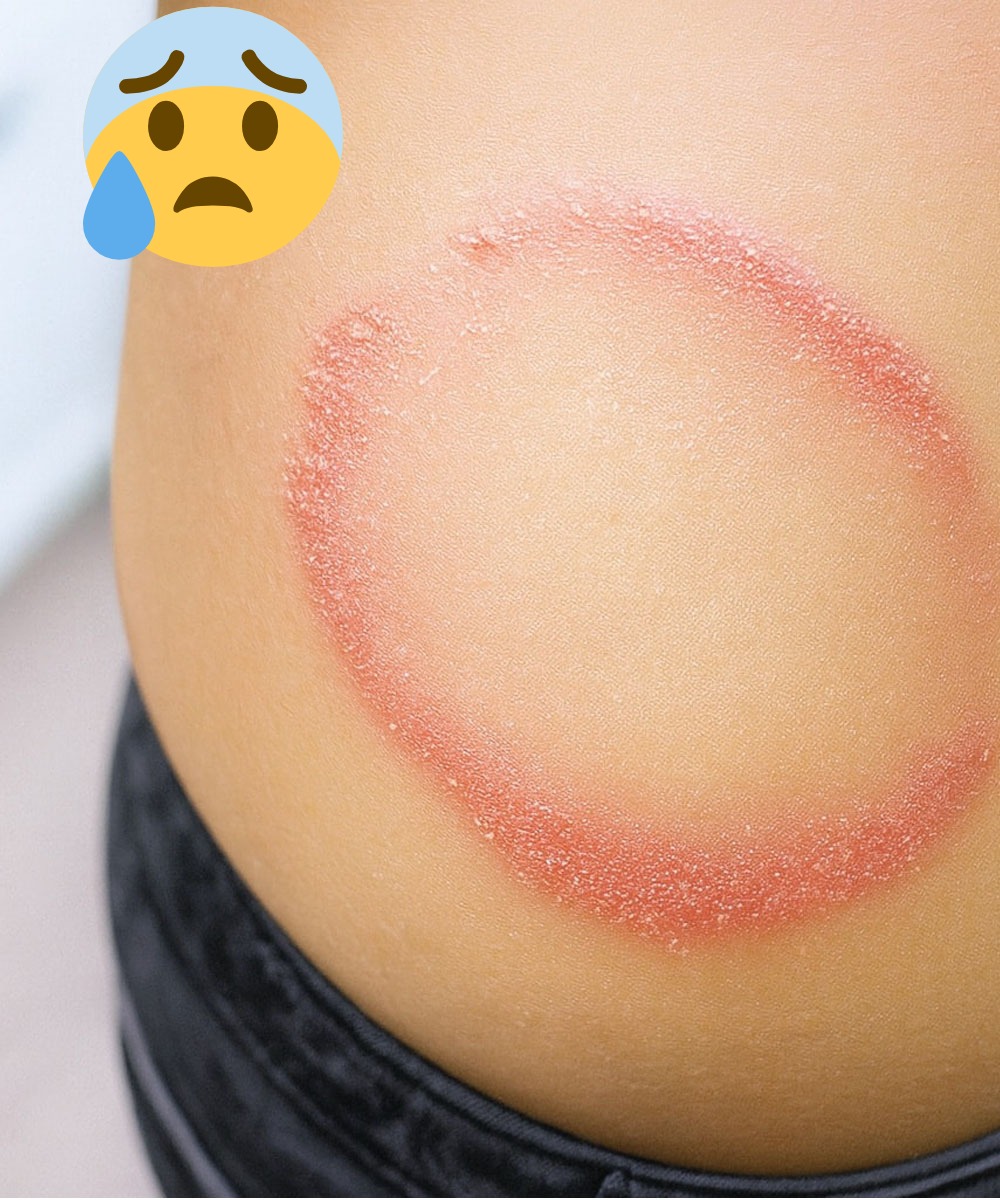• Is located between the toes and on the soles of the feet.
• Causes scaling, cracking, and a foul odor.
4. Jock Itch (Tinea Cruris):
• Affects the groin and inner thighs.
• Causes itching, redness, and scaling.
5. Tinea Unguium (Onychomycosis):
• Infects the nails, making them thick and brittle.
• Can cause deformation and color changes.
3. How Are Skin Fungi Transmitted?
Fungi are transmitted through direct contact with:
• Infected people.
• Infected animals (dogs, cats, horses).
• Contaminated objects (clothing, towels, shoes, combs).
• Damp surfaces (swimming pools, gyms, public showers).
Excessive sweating, wearing tight clothing, and poor hygiene increase the risk of infection.
4. Medical Treatments for Fungal Infections and Ringworm
Treatment depends on the type and severity of the infection. The most commonly used medications are:
A) Topical Antifungals (Creams and Ointments)
For mild, localized infections, doctors recommend over-the-counter or prescription antifungal creams, such as:
• Clotrimazole (Canesten)
• Miconazole (Daktarin)
• Terbinafine (Lamisil)
• Ketoconazole (Nizoral)
These should be applied twice a day for 2 to 4 weeks.
B) Oral Antifungals
For severe or widespread infections, antifungal pills are prescribed, such as:
• Itraconazole
• Fluconazole
• Terbinafine
These medications require a prescription and should be taken for weeks or months, depending on the infection.
C) Specific Treatments
• For onychomycosis, antifungal lacquers (amorolfine) or long-term oral treatments are used.
• For tinea capitis, oral griseofulvin or terbinafine is recommended.
5. Natural Remedies for Skin Fungus
Some home remedies can help relieve symptoms and complement medical treatment.
A) Apple Cider Vinegar
• Natural antifungal properties.
• Apply with a cotton ball to the affected area twice a day.
B) Garlic
• Has antimicrobial properties.
• Crush a clove of garlic and mix with coconut oil. Apply for 30 minutes and rinse.
C) Tea Tree Oil
• Powerful natural antifungal.
• Apply diluted in coconut oil twice a day.
D) Baking Soda
• Absorbs moisture and prevents fungal growth.
• Sprinkle in shoes and apply as a paste to the skin.
E) Aloe Vera
• Soothing and antifungal properties.
• Apply fresh aloe gel to the infected area three times a day.
These remedies can complement medical treatment, but they do not replace antifungals prescribed by a specialist.
6. How to Prevent Skin Fungus and Ringworm
A) Keep Skin Dry and Clean
• Dry your skin thoroughly after bathing.
• Wear cotton clothing and avoid synthetic materials.
B) Avoid Contact with Infected People or Animals
• Do not share towels, clothing, or personal items.
• Wash clothing in hot water if there has been contact with fungus.
C) Wear Appropriate Footwear
• Do not walk barefoot in gyms, pools, or public showers.
• Wear breathable shoes and change your socks daily.
D) Strengthen Your Immune System
• Eat a balanced diet rich in fruits, vegetables, and probiotics.
• Avoid stress and get enough sleep.
E) Apply Antifungal Powder to Your Feet
• Helps keep feet dry and prevent fungal growth.
Conclusion
Skin fungal infections and ringworm are common but treatable. With the proper use of topical or oral antifungals and some natural remedies, it’s possible to eliminate them. Prevention is key: maintaining good hygiene, avoiding moisture, and strengthening the immune system helps reduce the risk of infection.
If symptoms persist or worsen, it’s essential to see a dermatologist for proper diagnosis and treatment. Taking care of your skin is the best way to avoid fungal problems!

